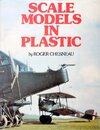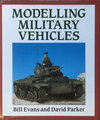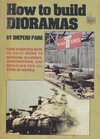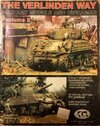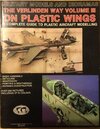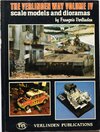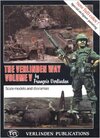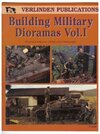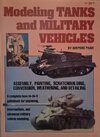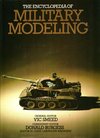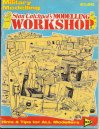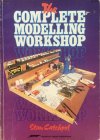- Joined
- Apr 28, 2018
- Messages
- 10,732
- Points
- 113
- First Name
- Jakko
In these days of web sites, YouTube videos and what have you with tutorials on how to build models, I find that old books — you remember those, surely: those stacks paper bound or glued together to form pages — about modelling often provide useful instruction in the basics of how to actually do basic modelbuilding. They often describe techniques that are still very useful today, even if a lot of modellers seem unaware of them because of the way the hobby has changed over the years. Of course, a lot of these books also have information that’s no longer useful for the exact same reason. Many materials and even tools that were very common and taken for granted in the past are now no longer in use at all because superior alternatives are easily available.
What I intend to do in this thread is to post short reviews of the old modelling books I have in my collection, with an eye to how useful they still appear to be for today’s hobby. The point here being that should you come across one, whether online or in a second-hand bookstore, is it worth picking up or don’t you need to bother with it? Naturally, this is all the writer’s opinion and experiences may vary.
If you’ve got such a book that I haven’t covered (yet?), feel free to make a similar post in this thread!
What I intend to do in this thread is to post short reviews of the old modelling books I have in my collection, with an eye to how useful they still appear to be for today’s hobby. The point here being that should you come across one, whether online or in a second-hand bookstore, is it worth picking up or don’t you need to bother with it? Naturally, this is all the writer’s opinion and experiences may vary.
If you’ve got such a book that I haven’t covered (yet?), feel free to make a similar post in this thread!

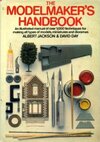
 Sure, some of the techniques are old-fashioned, but because much of what it describes are basic techniques and skills, it’s hard to find things in it that are absolutely pointless to do today. It also explains it all in a clear, concise but still pretty thorough manner, so that even if it doesn’t always go into as much depth as you might like, it still gives a very good basis for discovering the rest on your own. It also has plenty of good example models, including ones that seem specifically built for the book in order to illustrate and explain the methods and techniques used. The main thing it doesn’t really cover is resin parts, likely because these were uncommon at the time — commercially available resin kits and accessory sets only really started to take off in the 1980s.
Sure, some of the techniques are old-fashioned, but because much of what it describes are basic techniques and skills, it’s hard to find things in it that are absolutely pointless to do today. It also explains it all in a clear, concise but still pretty thorough manner, so that even if it doesn’t always go into as much depth as you might like, it still gives a very good basis for discovering the rest on your own. It also has plenty of good example models, including ones that seem specifically built for the book in order to illustrate and explain the methods and techniques used. The main thing it doesn’t really cover is resin parts, likely because these were uncommon at the time — commercially available resin kits and accessory sets only really started to take off in the 1980s.